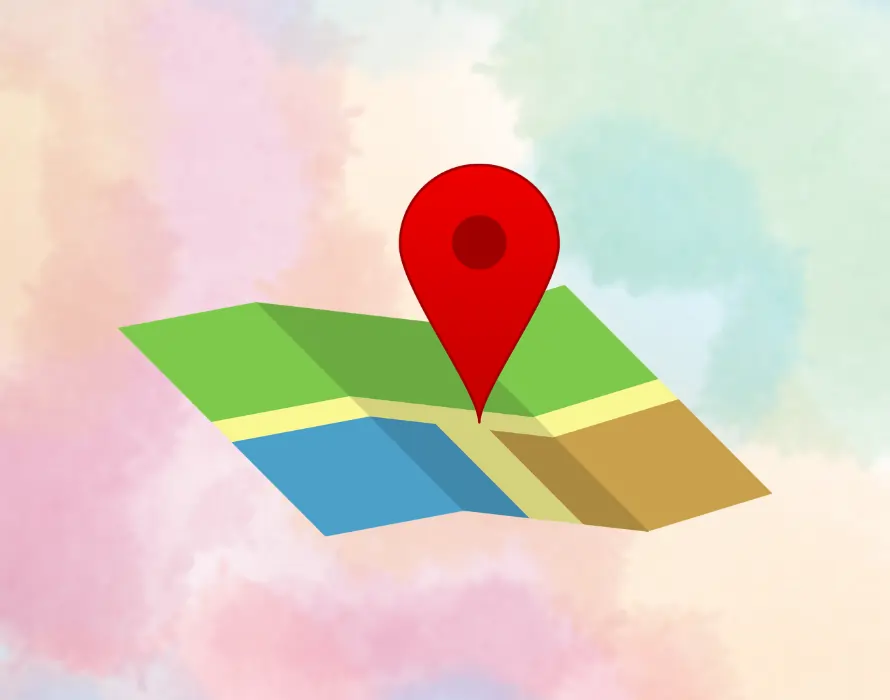Teaching kids to create a map of their neighborhood is an exciting adventure!
It’s a hands-on way to introduce them to basic mapping skills while sparking creativity and curiosity about the world around them. Plus, it’s a wonderful excuse to head outdoors, observe the environment, and bring their imagination to life on paper.
Let’s dive into how you can make this activity a fun learning experience for children of all ages.
Table of Contents
Why Teach Kids to Create a Map?
Maps aren’t just for adults planning road trips or hikers navigating trails. They’re powerful tools that help kids build spatial awareness, understand directions, and develop critical thinking skills. Making a map is like solving a puzzle—it’s fun, engaging, and provides a tangible sense of accomplishment when it’s done.
By the end of this activity, your child will not only know the difference between North and South but also feel more connected to their community. Who wouldn’t want that?
The Building Blocks of a Good Map
Before jumping into the map-making process, let’s cover the basics. A good map has a few key elements:
- Landmarks: Recognizable features like houses, trees, or a local park.
- Symbols: Tiny drawings or icons representing real-world objects.
- Legend: A key that explains what the symbols mean.
- Compass Rose: Shows directions—North, South, East, and West.
- Scale: Tells you how distances on the map relate to real distances.
Understanding these elements will help your child build a map that’s not only creative but also functional.
What You’ll Need
Gather these materials to get started:
- A large piece of paper or notebook
- Pencils, erasers, and colored markers
- A ruler
- Compass or a phone app for directions
- Reference map (optional)
Once everything’s ready, you’re set to explore!
Step 1: Choose a Location
Start with a place your child knows well. Their neighborhood is perfect because they can easily recognize landmarks. If they prefer, they could map out their school playground, favorite park, or even an imaginary world!
Take a short walk together around the area they’ll map. Encourage them to observe streets, houses, and interesting features. Point out things like the tallest tree, a colorful mailbox, or a unique garden—these make great landmarks for their map.
Step 2: Draw the Outline
Begin by sketching the borders of the chosen area on paper. If it’s your neighborhood, draw the main streets and intersections. For younger kids, keep it simple—a rectangle to represent the block works fine.
Let them draw lightly with a pencil so they can adjust if needed. It doesn’t have to be perfect—this is about learning and having fun, not creating a professional blueprint.
Step 3: Add Key Landmarks
Ask your child to think about the most important spots in the area. Is there a park nearby? A favorite ice cream shop? Grandma’s house? These should all go on the map. Encourage them to label these places clearly.
For example:
- A square for their home.
- A tree icon for the park.
- A cone for the ice cream shop.
Watch their excitement grow as the map starts coming to life.
Step 4: Create a Legend
In a corner of the map, help your child draw a box labeled “Legend.” Inside, they can list the symbols they’ve used and what they represent.
For example:
- 🏠 = Home
- 🌳 = Park
- 🛍️ = Store
This step helps them understand how to communicate information visually, a skill they’ll use for years to come.
Step 5: Add a Compass Rose
A map isn’t complete without directions. Draw a simple compass rose on the map, and explain what each part means. For younger kids, you can make this part playful:
- “North points to where Santa lives!”
- “South is where penguins hang out!”
Encourage them to use a compass or an app to figure out which way North is in real life. It’s like a little treasure hunt!
Step 6: Determine the Scale
Measuring distances can be tricky, but it’s a great way to introduce the concept of scale. For instance, decide together that one inch on the map equals 50 feet in real life. Use a ruler to measure distances between landmarks and mark them accordingly.
If this feels too advanced, don’t stress—just focus on placing items in the right general spots.
Step 7: Add Colors and Personal Touches
Now for the fun part!
Bring the map to life with colors and decorations.
- Green for parks
- Blue for water features
- Gray for roads
- Brown for buildings
Encourage kids to get creative. They can add doodles, decorate the borders, or even sprinkle glitter on their map (if you’re brave enough to handle the cleanup).
Step 8: Share the Map
Once the map is complete, let your child show off their masterpiece. They can explain the landmarks and symbols to family or friends. If you’re in a group setting, make it interactive by organizing a scavenger hunt based on the map.
You’ll be amazed at how proud they’ll feel sharing something they made themselves.
Real-Life Benefits of Mapping
Mapping isn’t just an arts-and-crafts activity—it has real-world benefits.
It teaches kids:
- How to navigate unfamiliar places.
- The value of observing their surroundings.
- Skills they’ll use in geography, math, and even technology.
Plus, it’s an excellent way to bond as a family while learning something new.
Final Thoughts
Creating a map of their neighborhood is a magical experience for kids. It’s an activity that blends creativity with learning, helping them understand their world in a fun, hands-on way. So grab your paper and pencils, and let the adventure begin—you’re about to unlock a new way for your child to see the world!


